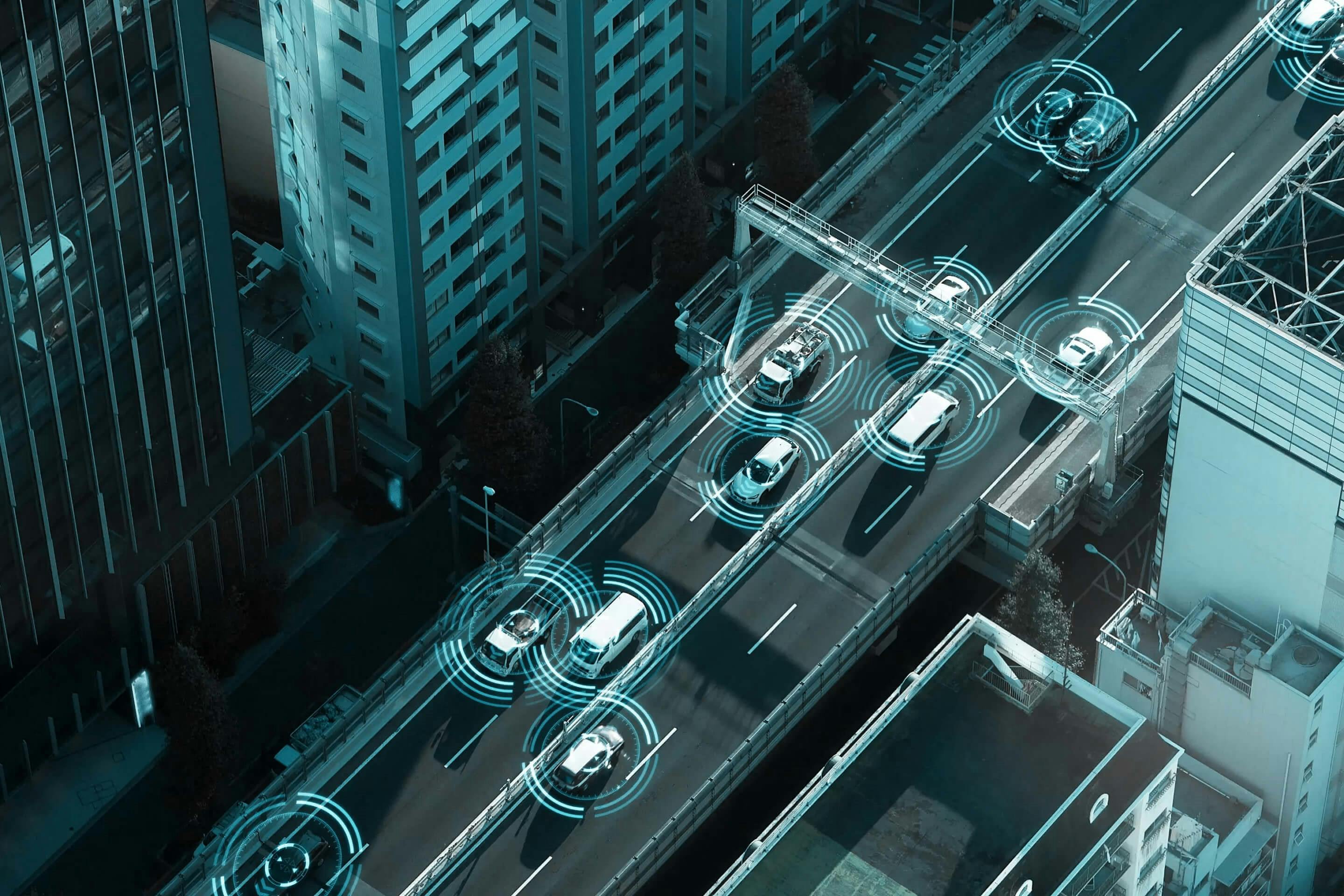Autonomous driving will change how people think about mobility in the city, making shared mobility more affordable and the urban environment greener and more livable. Together with The Autonomous, we are hosting a virtual Chapter Event to explore the impact of self-driving cars on our society and the quality of life in urban areas. Join us on May 19!
The question is now rather “when” than “if.” Autonomous driving and all services associated with this technology will become a reality in our lifetimes. As soon as this year, we will see L3 private vehicles on the road, next year, we will see AV trucks, and in the mid of this decade, scaled-up robotaxis and roboshuttles will be rolled out.
The market will grow by about 40% year on year between 2030 and 2040, adding to a total value pool of nearly 1,700 bn US dollars. This is good news for Mobility as a Service (MaaS) providers, but also for each one of us, given robotaxis will offer up to 60% lower prices per vehicle-mile traveled than driver-based ridehailing. For roboshuttles, this financial benefit may even amount to 75%.
And yet, only focusing on the commercial and the technology side of things misses an essential advantage that autonomous driving offers: a more sustainable mobility system.
We all know that cars account for a high proportion of global emissions – not only CO2, but also local pollutant emissions. AVs can reduce the number of vehicles on the road significantly while enabling a more circular economy. Our analyses show that roboshuttles that are produced in a circular way can reduce CO2 emissions per passenger mile traveled by 98% compared to a private Diesel vehicle – from 204 g CO2 per PMT down to only 6g.
Several levers can help to achieve this goal. The biggest impact is in the supply chain for those optimized circular robotaxis – sourcing green components, using only renewable energy in the production, etc., can help reduce emissions. Also, a more robust design of those robotaxi vehicles – hardening typical weak spots – maximizes the time on the road and improves the CO2 footprint.
This task is one for the entire mobility ecosystem to solve. Vehicle manufacturers need to ensure that vehicles will last 300.000-600.000 kilometers – figures that we already see today with some battery-electric cars. They also need to consider re-using and recycling key components and ensure access to vehicles after the end of life for recycling.
In addition, cities will play a significant role. They should consider subsidizing and promoting pooling modes and give licenses to zero-emission providers. They should also optimize infrastructure to further improve utilization, e.g., via AV lanes or optimized traffic lights.
Furthermore, another critical measure we recommend to city authorities is to find additional ways to reduce miles traveled, e.g., through a “zombie tax” for vehicles traveling without a passenger.
These measures go hand in hand with the steps taken by robotaxi and roboshuttle operators, i.e., the MaaS players and public transit operators.
They are in the best position to leverage network intelligence for optimized charging and fleet management; and a commitment to zero-emission operations across their entire business.
To make this happen, all players in the AV space need to collaborate – and make sure to demonstrate not only the commercial and technological viability of autonomous driving, but also its positive impact on the environment.
Learn more about the future of urban mobility, autonomous vehicles’ impact, and improving societal and customer acceptance at The Autonomous Chapter Event on May 19.

